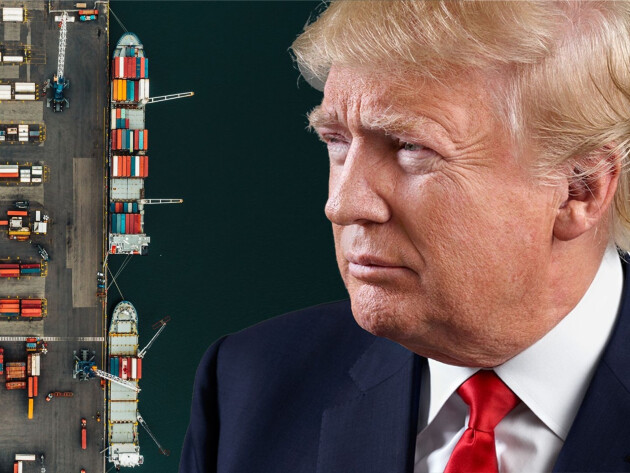
Stricter regulations needed for the transport of Plastic Pellets
The Dutch shipowners support stricter rules for the transport of plastic pellets at sea and fully support the Netherlands' proposal to the International Maritime Organization to (1) provide plastic pellets with a specific UN number and (2) bring the transport of plastic pellets at sea under the international rules for the transport of dangerous goods (IMDG code).
Why is this important?
Plastic pellets are transported in large quantities, one of the ways these pellets are beign transported is by ship over sea. The plastic pellets are often transported in bulk in bags in containers. Most of the time this goes well, but if, due to bad weather or an incident, these containers with bags of plastic pellets accidentally go overboard and end up in the sea, this could causes a great deal of damage to the marine environment. For example birds may mistake these plastic pellets for food and eat them, leading to significant health damage.
How do we solve this?
It is therefore good that the regulations for the transport of plastic pellets at sea are now being reviewed by the International Maritime Organization (IMO) A UN number (United Nations number) is a unique four-digit code assigned to hazardous substances and items by the United Nations. It helps with transport, storage, and emergency responses. This system ensures global safety standards and proper handling of dangerous materials in transport and industry. . The Netherlands advocates at IMO for plastic pellets to receive a separate UN number A UN number (United Nations number) is a unique four-digit code assigned to hazardous substances and items by the United Nations. It helps with transport, storage, and emergency responses. This system ensures global safety standards and proper handling of dangerous materials in transport and industry. and to be transported according to the international rules of the IMDG code The IMDG Code (International Maritime Dangerous Goods Code) is an international regulation for the safe transport of hazardous materials by sea. It defines classification, packaging, labeling, and emergency procedures. This code helps minimize risks and is widely used in the shipping industry. .
The KVNR and the international representatives of shipowners fully support the Netherlands in this. Since this regulation process will take time, the IMO climate committee (MEPC) The MEPC (Marine Environment Protection Committee) is a committee of the International Maritime Organization (IMO) focused on protecting the marine environment. It discusses and develops guidelines and regulations to reduce pollution from shipping activities. has made a recommendation (MEPC.1/Circ.909) to transport containers with plastic pellets as much as possible below deck (sheltered) to reduce the risk of a container being lost overboard.
In general the KVNR agrees that for the transport of plastic pellets at sea stricter regulations should be enacted. These regulations should be global and come from the IMO. The IMO recommendation (MEPC.1/Circ.909) is therefore a good and important first step.
Meanwhile, a new EU regulation on plastic pellets is in the works. The European Commission has made a proposal for an EU regulation to prevent the loss of plastic pellets to reduce contamination by microplastics. This also includes the transport of plastic pellets on ships at sea.
Before a regulation can be adopted, the European Commission, the European Parliament, and the European Council must agree on the regulation after consultation ('trialogue'). Both the European Parliament and the European Council have taken positions on the European Commission's proposal:
In its plenary adopted report of the ENVI parliamentary committee on the Commission's proposal, the European Parliament made amendments to the Commission's proposal.
The European Council has provided its General Orientation on the Commission's proposal. The Council integrates the content of the IMO recommendation and effectively makes the IMO recommendation (MEPC.1/Circ.909) mandatory regulation. Additionally, the Council proposes a new article agreeing that once the IMO adopts measures (regulation), the Commission will assess these and, if necessary, propose to align the intended EU regulation with the IMO regulation.
The KVNR understands the need for a new European regulation and is of the opinion that the Council's approach is the best. Because the Council chooses to 'stay close to the IMO' in the regulation by integrating the IMO recommendation into the intended regulation and thereby creating mandatory regulation. The Council's approach also ensures the least regulatory pressure and administrative burden for shipowners compared to the Parliament's approach.
Current status
Work is currently underway in the IMO to amend regulations. In the EU, the trialogue is currently ongoing regarding the European Commission's proposal for an EU regulation.



